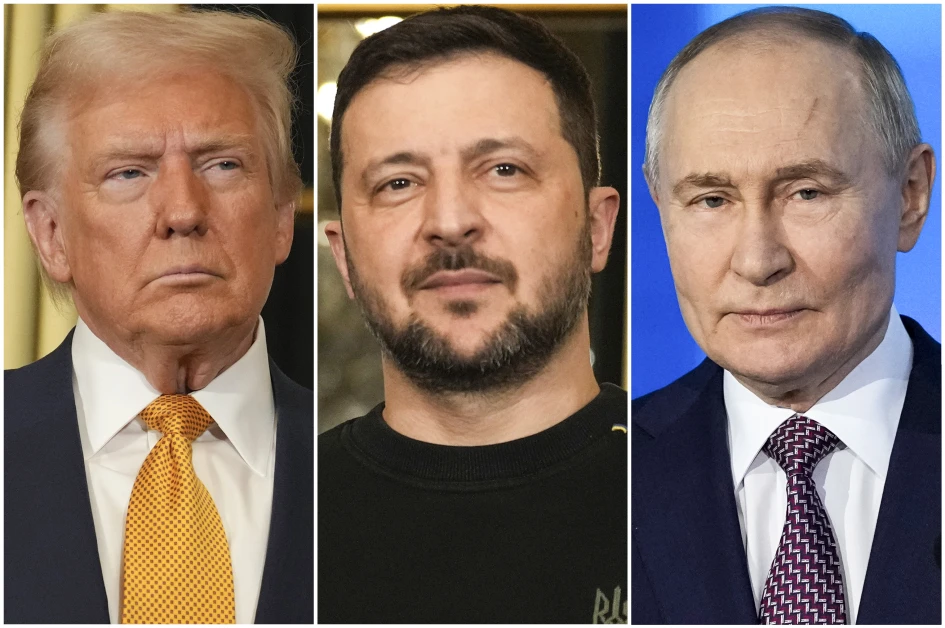International Peacekeeping Efforts Take Shape
Senior military officials from Europe and beyond are gathering outside London to discuss an international peacekeeping force for Ukraine. This meeting follows a partial ceasefire agreement between Ukraine and Russia, brokered after discussions with former U.S. President Donald Trump. U.K. Prime Minister Keir Starmer described the initiative as a “coalition of the willing” moving into an “operational phase.” However, how many nations will contribute troops remains unclear or if a sustainable ceasefire will occur.
Ongoing Conflict and Mounting Casualties
Despite diplomatic efforts, hostilities continue to escalate. Overnight, both sides launched extensive drone attacks. Ukraine reported intercepting 75 of 171 Russian drones, while another 63 were jammed. Meanwhile, Russia claimed to have destroyed 132 Ukrainian drones across six regions. Kropyvnytskyi, a central Ukrainian city, endured its most severe attack yet, injuring 14 people. “In a cruel twist, enemy drones hit Myru Street (‘Peace Street’ in English),” stated Andrii Raikovych, the head of the regional administration.
In Russia, over 50 drones targeted the Saratov region, causing significant damage to schools, kindergartens, and a hospital in Engels, a city housing Russia’s strategic bombers. Russian authorities estimate war casualties have reached nearly 900,000 since the conflict began, with up to 250,000 soldiers killed. In contrast, Ukrainian President Volodymyr Zelenskyy reported that Ukraine has lost over 46,000 troops, with more than 350,000 wounded. These figures, however, remain unverified.
NATO’s Role in Peacekeeping
While discussions around peacekeeping forces continue, uncertainty looms over troop commitments. Estimates suggest between 10,000 and 30,000 personnel may be required, but only Britain and France have expressed a clear willingness to deploy soldiers. Other nations, including Australia, Canada, and Finland, have shown interest in providing support in other capacities.
“This is more than just a focus on troops. We’re talking about protection in air, at sea, and all the necessary operational planning,” emphasized Starmer’s spokesman, Dave Pares. However, Russia has firmly rejected the idea of NATO troops on Ukrainian soil, complicating efforts to establish an international peacekeeping force.
The U.S. and Europe’s Strategic Decisions
The absence of a U.S. military commitment adds to the plan’s uncertainty. Starmer acknowledged that enforcing a peace agreement would be challenging without a U.S. “backstop.” Meanwhile, European leaders are discussing increasing military aid to Ukraine. German Chancellor Olaf Scholz reiterated that “it’s central that Ukraine remains an independent democratic nation,” while Germany’s parliament is expected to approve an additional €3 billion ($3.3 billion) in military aid.
The Kremlin has criticized Europe’s defense buildup, with spokesman Dmitry Peskov arguing that “Europe has engaged in militarization and has turned into a party of war.” As negotiations continue, the feasibility of a peacekeeping force and the effectiveness of the partial ceasefire remain uncertain.
Meeting military leaders in London represents a crucial step in developing a Ukraine peacekeeping force, but numerous challenges remain. With ongoing attacks, high casualty numbers, and Russia’s rejection of NATO troops, the road to peace is fraught with difficulties. As European nations step up their military commitments, the success of the ceasefire—and the future of Ukraine—hangs in the balance.



